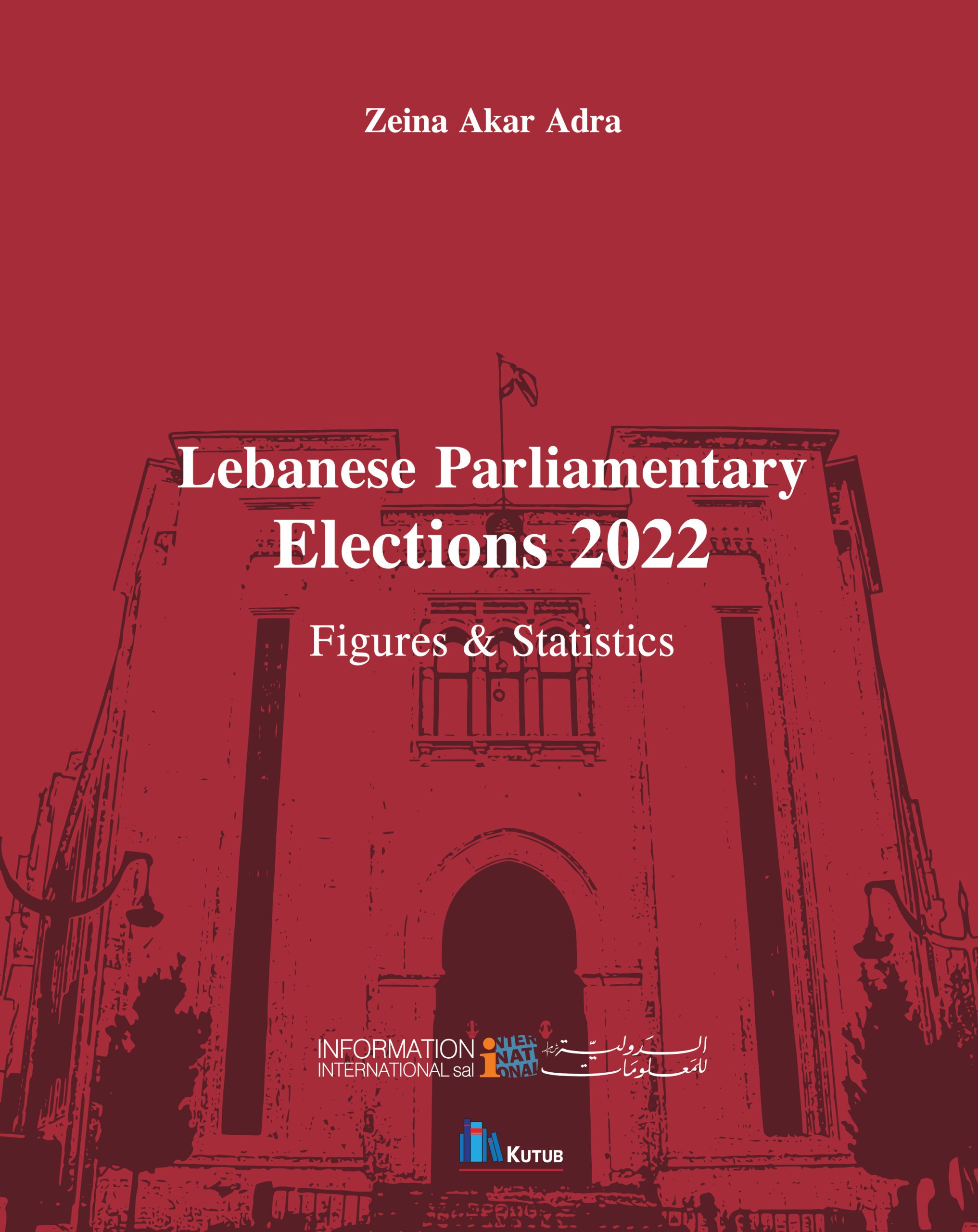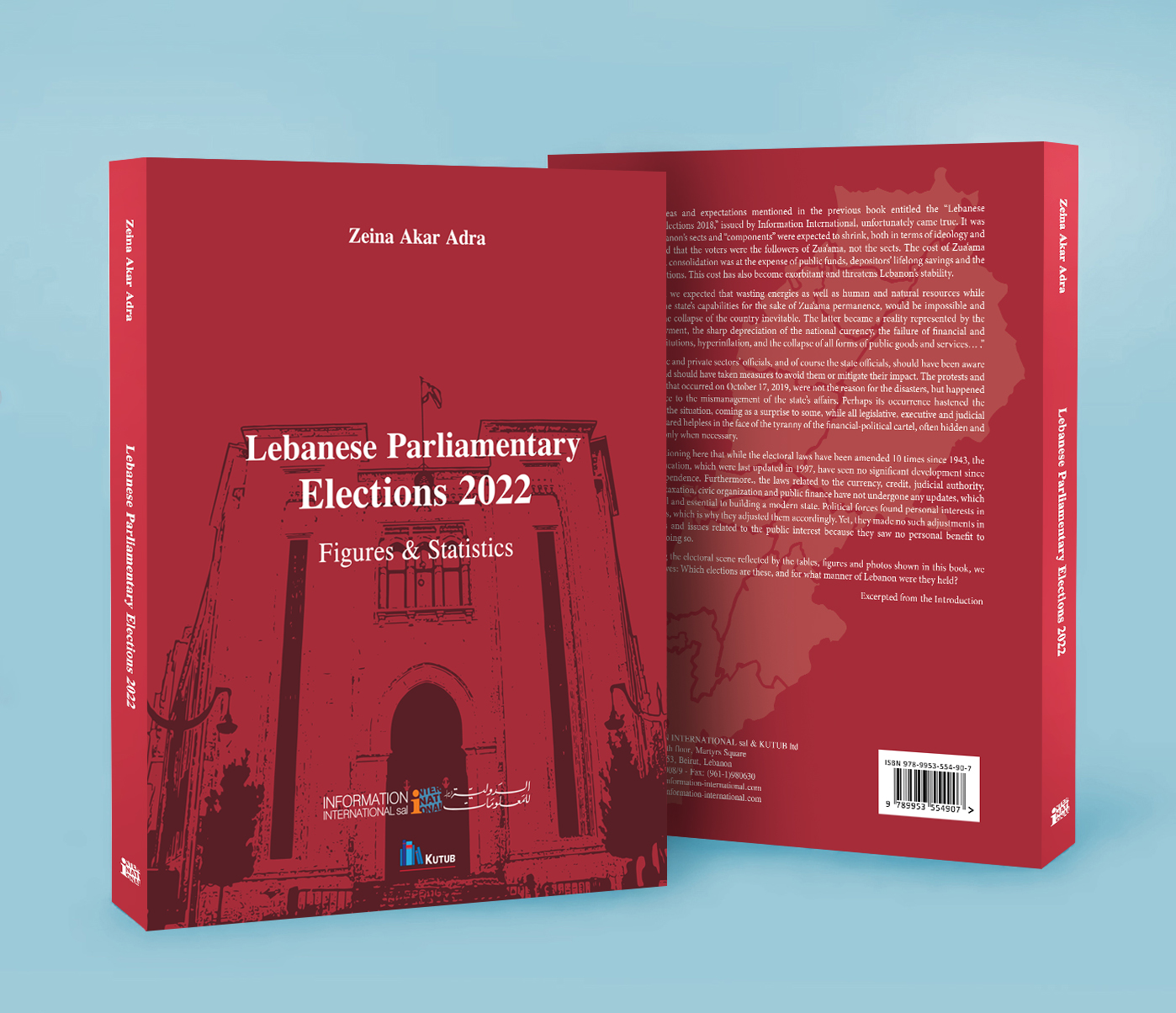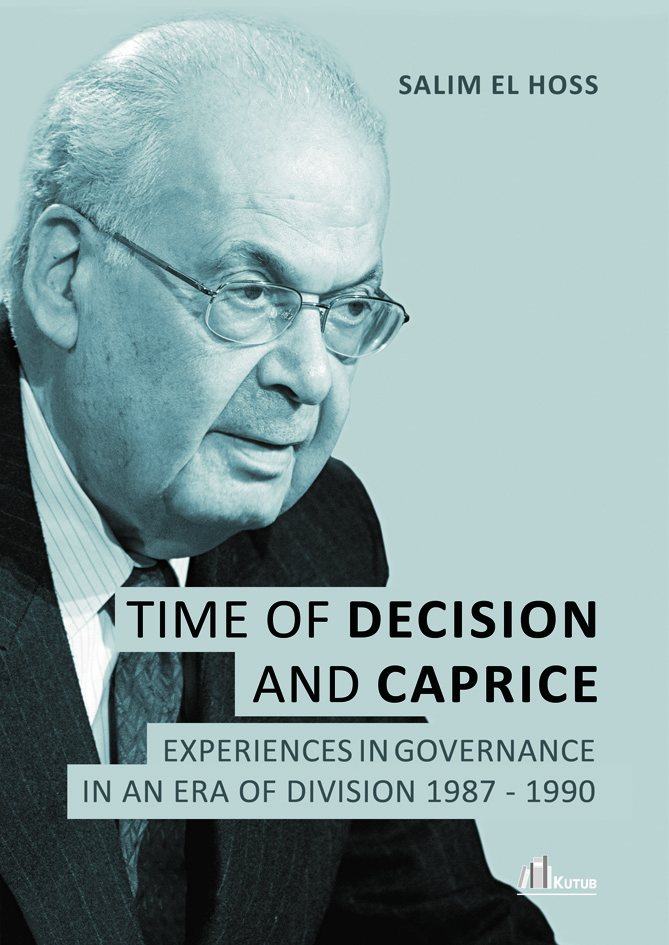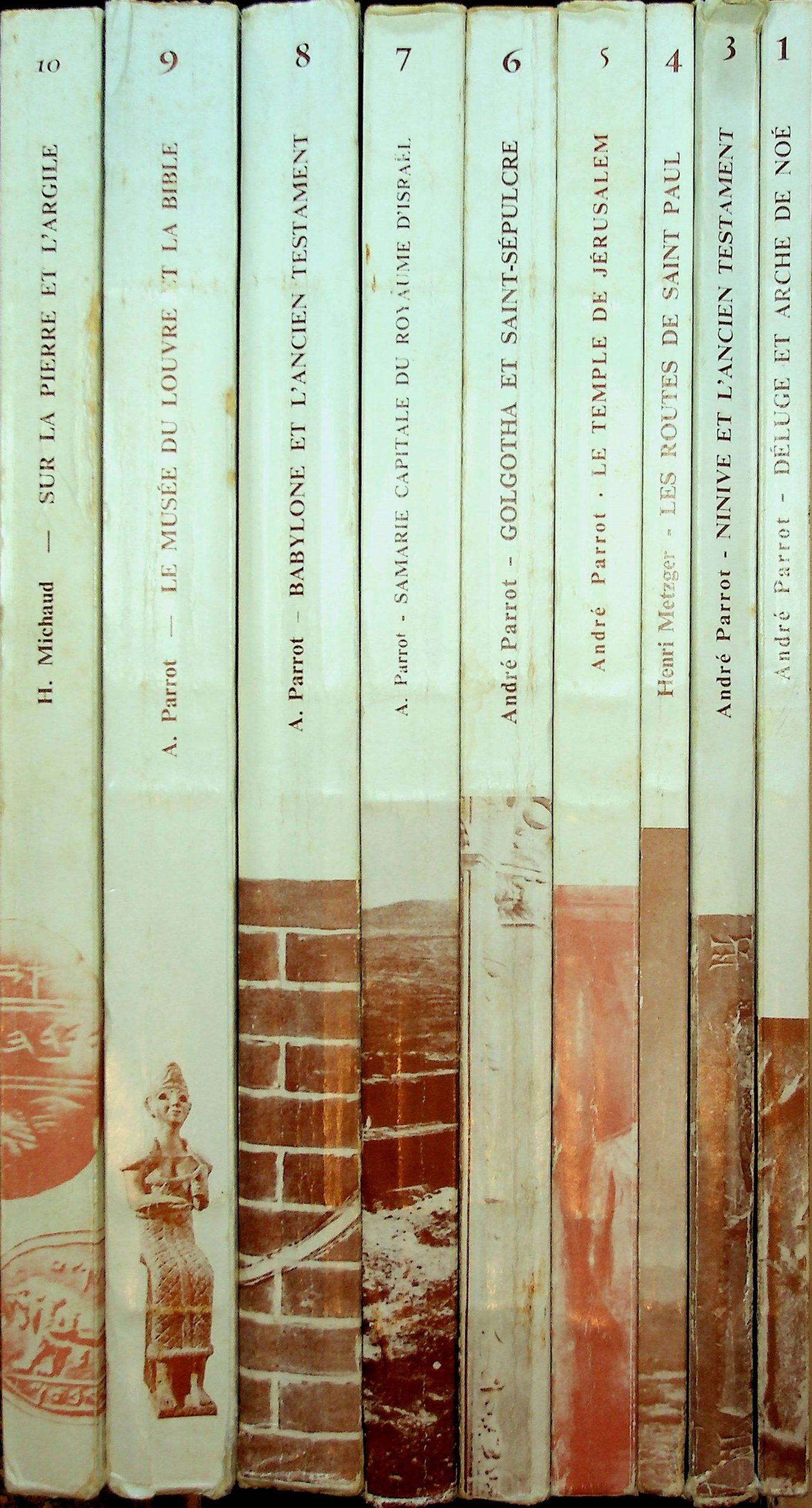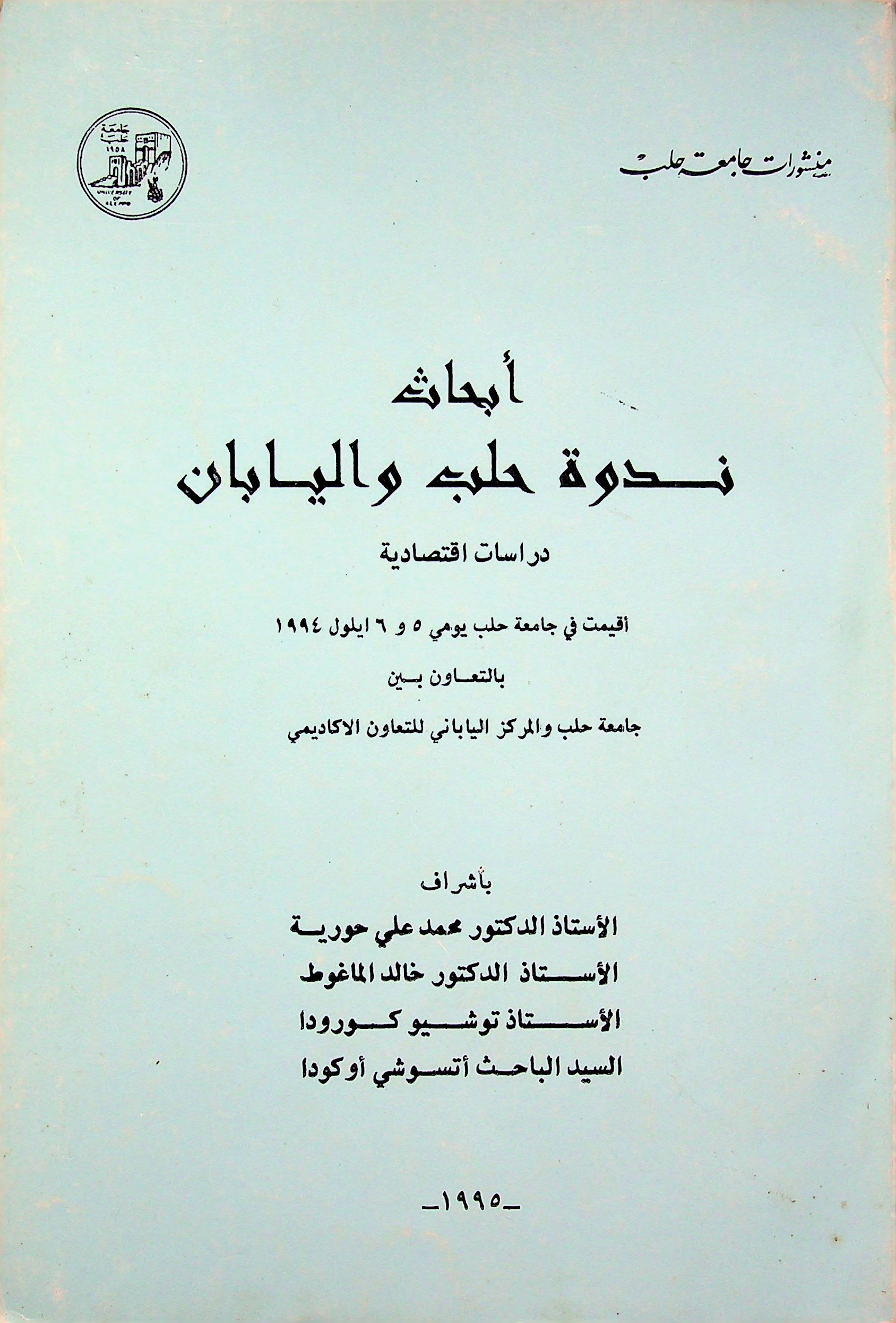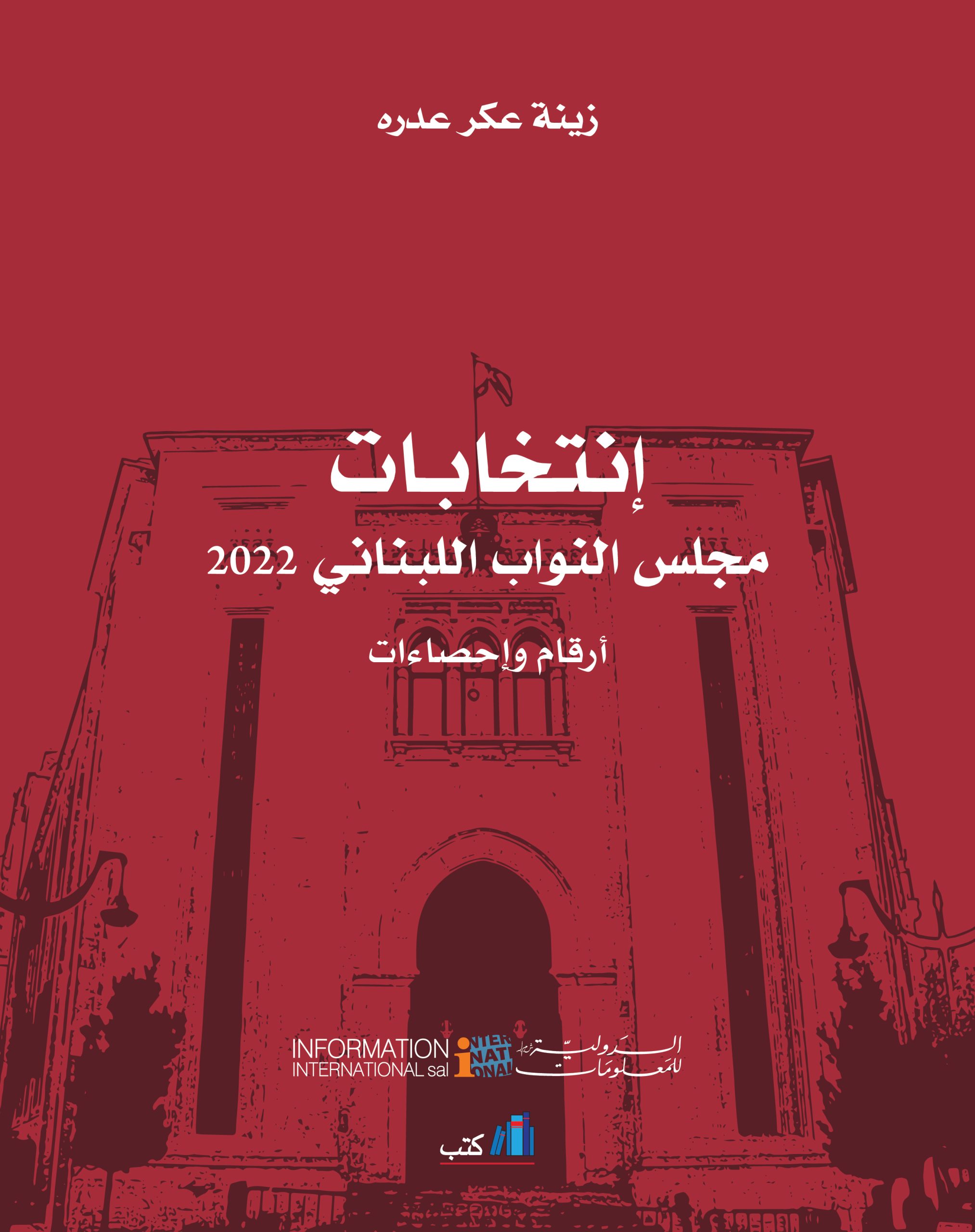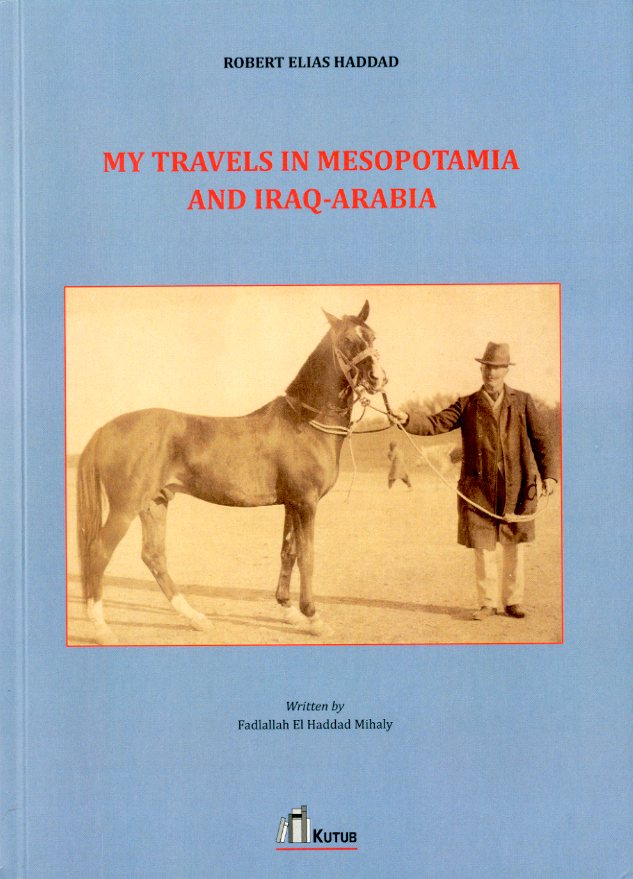Lebanese Parliamentary Elections 2022: Figures and Statistics.
Author: Akar, Zeina Adra.
زينة عكر عدره
Edition:
1
Language:
English,
Reference ID:
h17372
$30
In stock
DESCRIPTION
4to, 317 pp. English text, numerous tables, figures & colour illustrations, publishers' original wrappers. Most of the deas and expectations mentioned in the previous book entitled the "Lebanese Parliamentary Elections 2018" issued by Information International, unfortunately came true. It was evident that Lebanon's sects and "components" were expected to shrink, both in terms of ideology and demography, and that the voters were the followers of Zua'ama, not the sects. The cost of Zua'ama permanence and consolidation was at the expense of public funds, depositors' lifelong savings and the wealth of generations. This cost has also become exorbitant and threatens Lebanon's stability. For that reason, we expected that wasting energies as well as human and natural resources while appropriating the state's capabilities for the sake of Zua'ama permanence, would be impossible and would render the collapse of the country inevitable. The latter became a reality represented by the "mass unemployment, the sharp depreciation of the national currency, the failure of financial and commercial institutions, hyperinflation, and the collapse of all forms of public goods and services. ." Therefore, public and private sectors' officials, and of course the state officials, should have been aware of these risks, and should have taken measures to avoid them or mitigate their impact. The protests and demonstrations that occurred on October 17, 2019, were not the reason for the disasters, but happened as a consequence to the mismanagement of the state's affairs. Perhaps its occurrence hastened the deterioration of the situation, coming as a surprise to some, while all legislative, executive and judicial authorities appeared helpless in the face of the tyranny of the financial-political cartel, often hidden and revealing itself only when necessary. It is worth mentioning here that while the electoral laws have been amended 10 times since 1943, the curricula in education, which were last updated in 1997, have seen no significant development since Lebanon's independence. Furthermore., the laws related to the currency, credit, judicial authority, municipalities, taxation, civic organization and public finance have not undergone any updates, which are fundamental and essential to building a modern state. Political forces found personal interests in the election laws, which is why they adjusted them accordingly. Yet, they made no such adjustments in other vital laws and issues related to the public interest because they saw no personal benefit to themselves in doing so. After examining the electoral scene reflected by the tables, figures and photos shown in this book, we must ask ourselves: Which elections are these, and for what manner of Lebanon were they held?(Excerpted from the Introduction).
